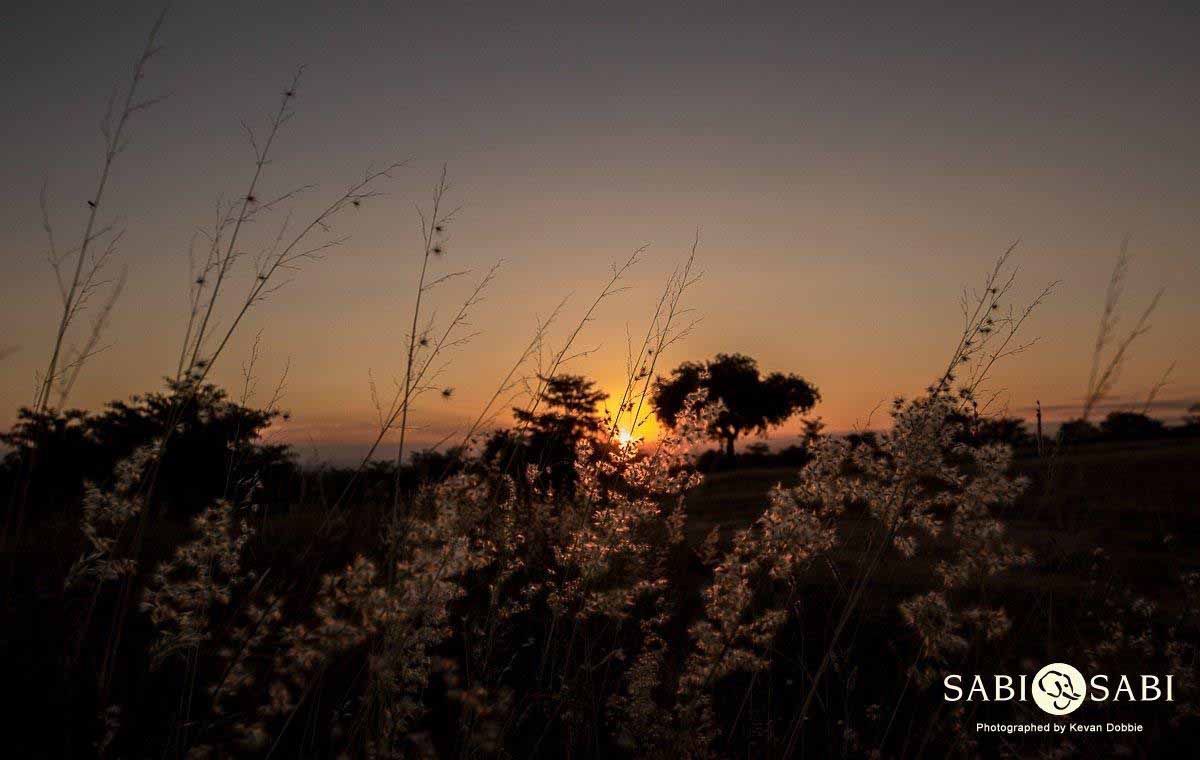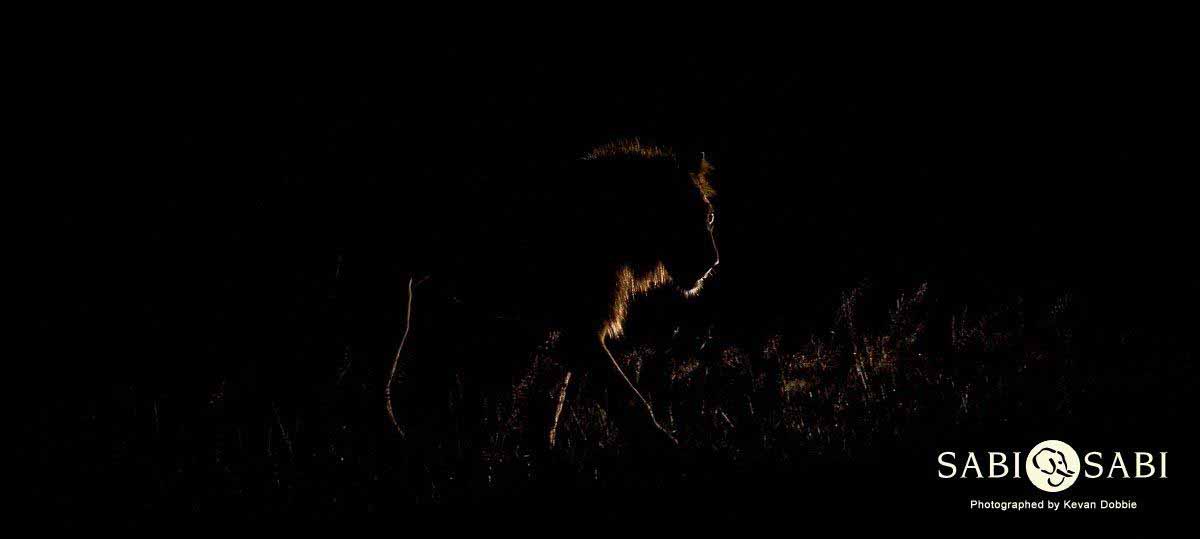Kevan’s Cycle Highlights: February – March 2018
on Mar 27, 2018As the summer season draws to a close, it ends off with a much needed 45mm of rain received in approximately three days, thus adding extra nourishment and once again rapidly transforming the bushveld possibly for the last time this season as we approach the beginning of autumn and the impending dry season.
This cycle has had many “ups” and “downs”, from losing members of the Southern Pride to discovering new life around every corner.
Starting off with news that has broken many hearts, the trials and tribulations encountered by the Southern Pride may have just proven too much for this iconic pride of lions. The two young Avoca males have been found frequently, suggesting they may be slowly taking over the territory previously held by the two Charleston males. This has meant some very challenging times for the Southern Pride as one female was killed by the two brothers possibly due to her standing up to the young Avoca males whilst protecting her two cubs. However, one cannot say for sure why such a tragic scene occurred, but we were reminded that as beautiful as Mother Nature can be, she takes no prisoners.
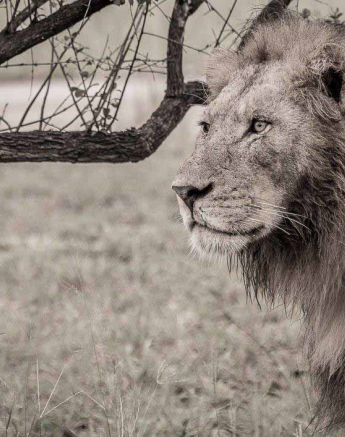
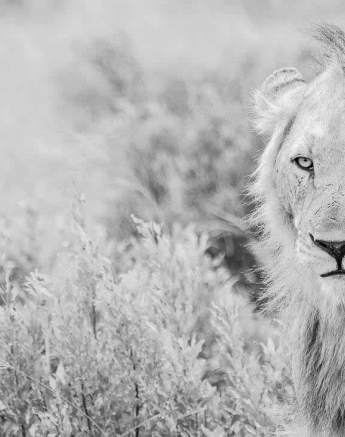
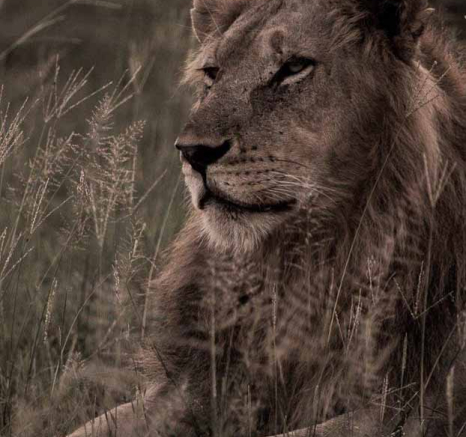
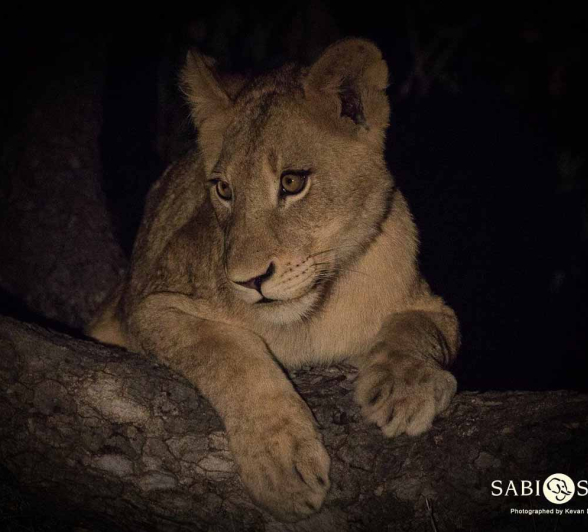
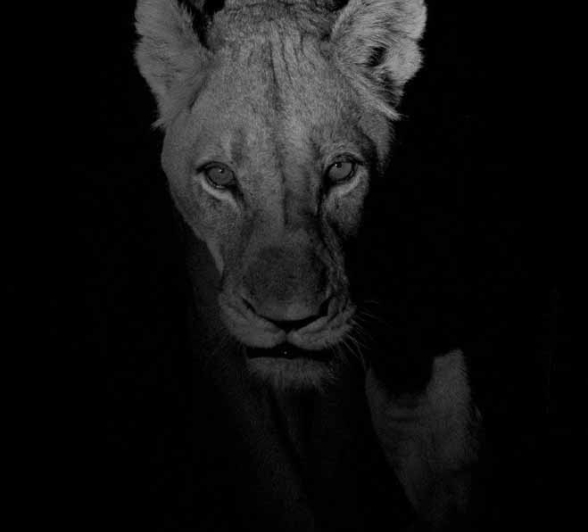
At one stage during my six-week cycle, the three Tsalala males made a brief appearance and also contributed to the devastation of the Southern Pride’s bad luck by removing of one of the youngest cubs, leaving the pride with very few members and sending the family type unit in all directions.
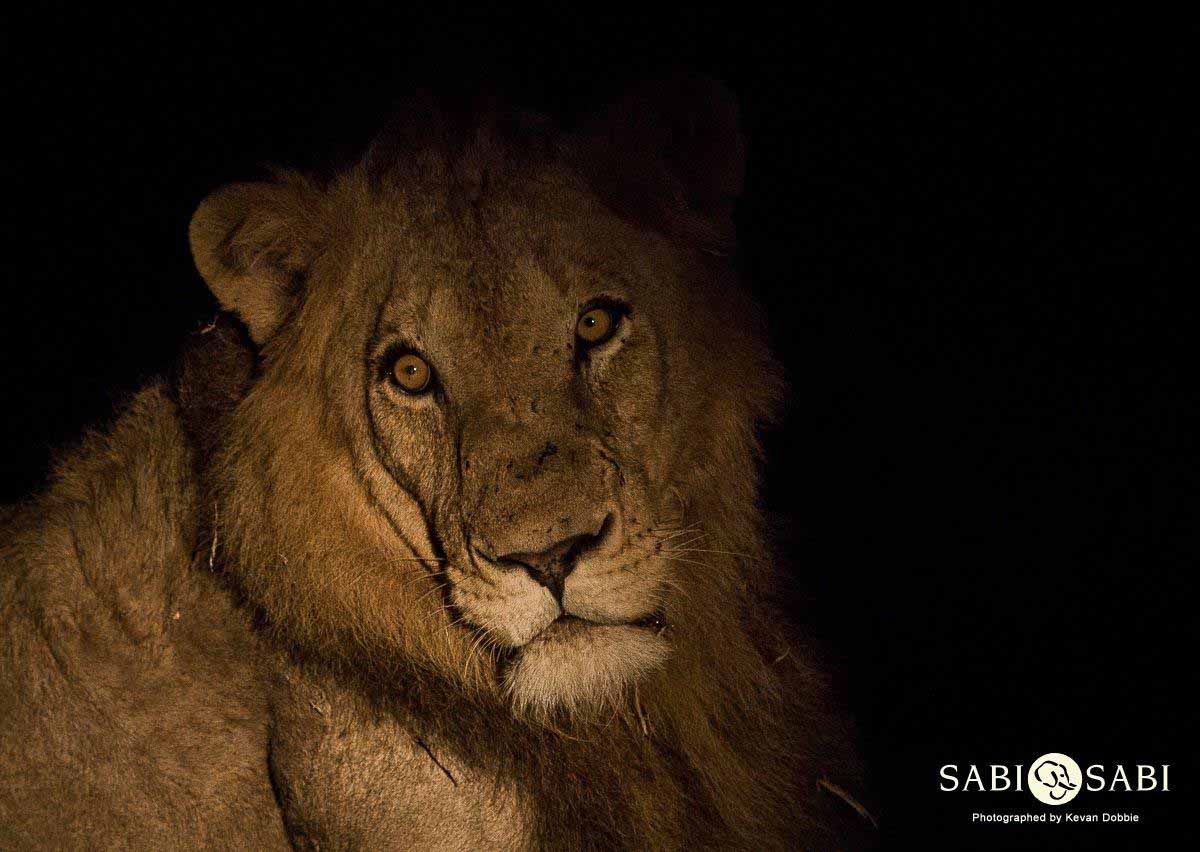
On a positive side for the lions in the southern section of the Sabi Sand Game Reserve, it seems that a variety of young male cubs from the Mhangeni Pride have been chased out due to their age and possibly reaching sexual maturity thus pressurizing the dominant males of that area. We were lucky to witness them as they spent some time on the reserve while the Avoca males were nowhere to be seen.
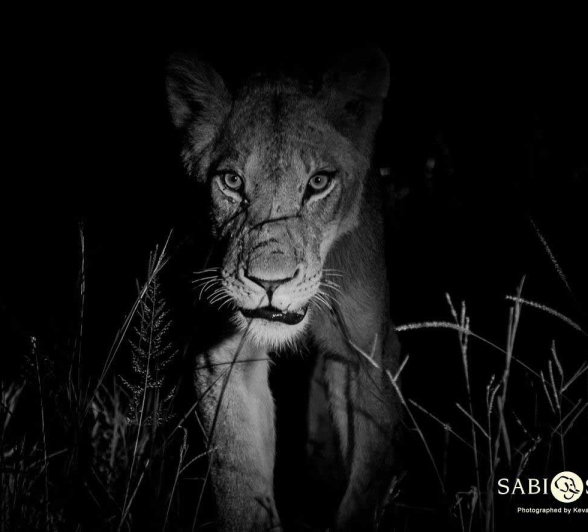
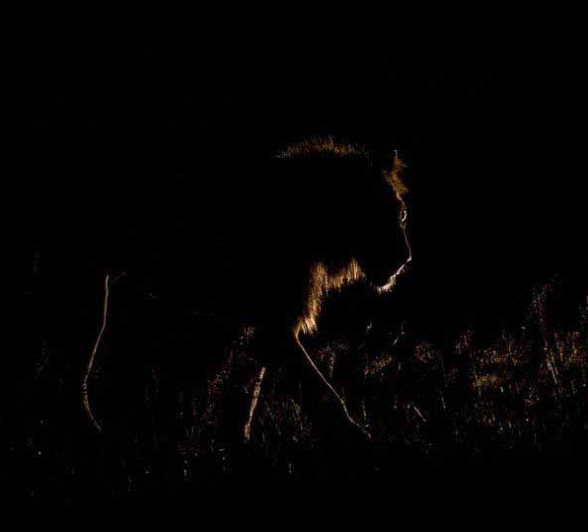
It is always a great pleasure and we as rangers at Sabi Sabi count ourselves fortunate to witness a pack of African Wild Dog on regular occasions. Here we witnessed the Toulon Pack on numerous drives as they displayed cooperative hunting techniques in their attempts to secure a meal. Crossing fingers that they will have better luck in 2018 in successfully reproducing offspring in the area to repopulate the species.
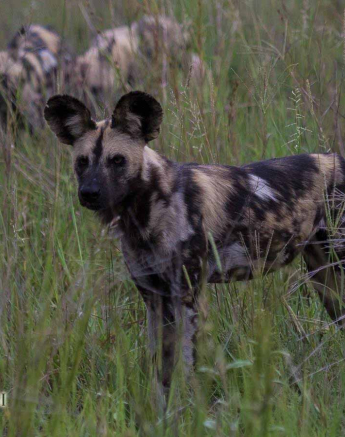
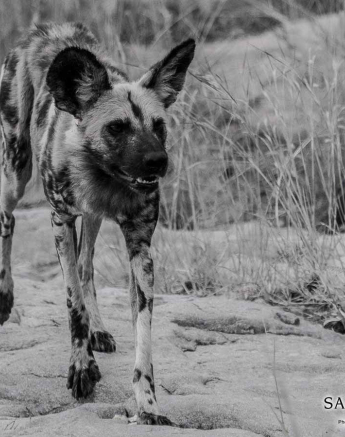
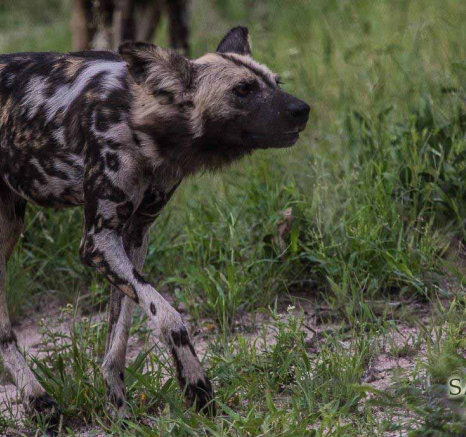
Staying close within the canine family, Side-striped Jackals, a common sighting when visiting the area as they mainly occur on wide open areas within close proximity to their den sites this time of the year. Here a Side-striped Jackal pup strays too far from the den site towards a nearby road allow us to get a little closer as the pup enjoys the summer rainfall.
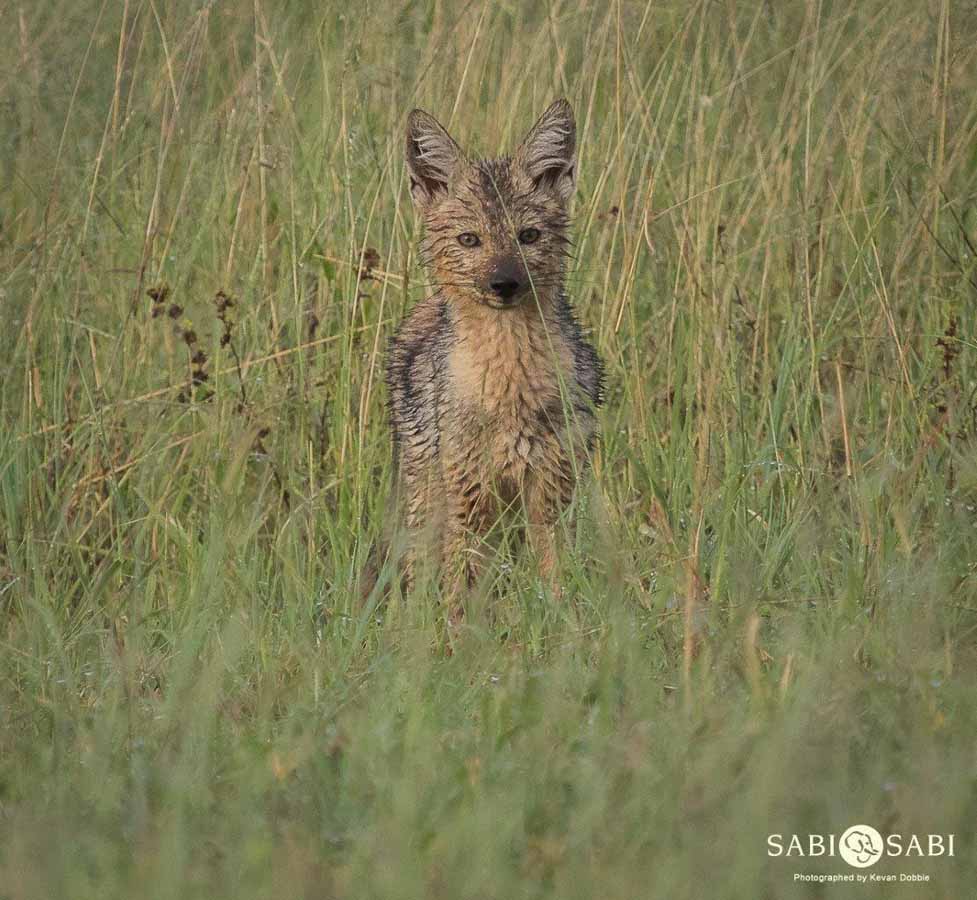
Throughout the area, many Spotted Hyenas have been quite active, noticing larger groupings responding to carcasses especially that of leopard as they patiently wait for a morsel to fall to the ground. However, I did notice one individual resting in a seasonal pan one humid morning with an extremely full stomach, hence why he has resting in the water to help with better digestion.
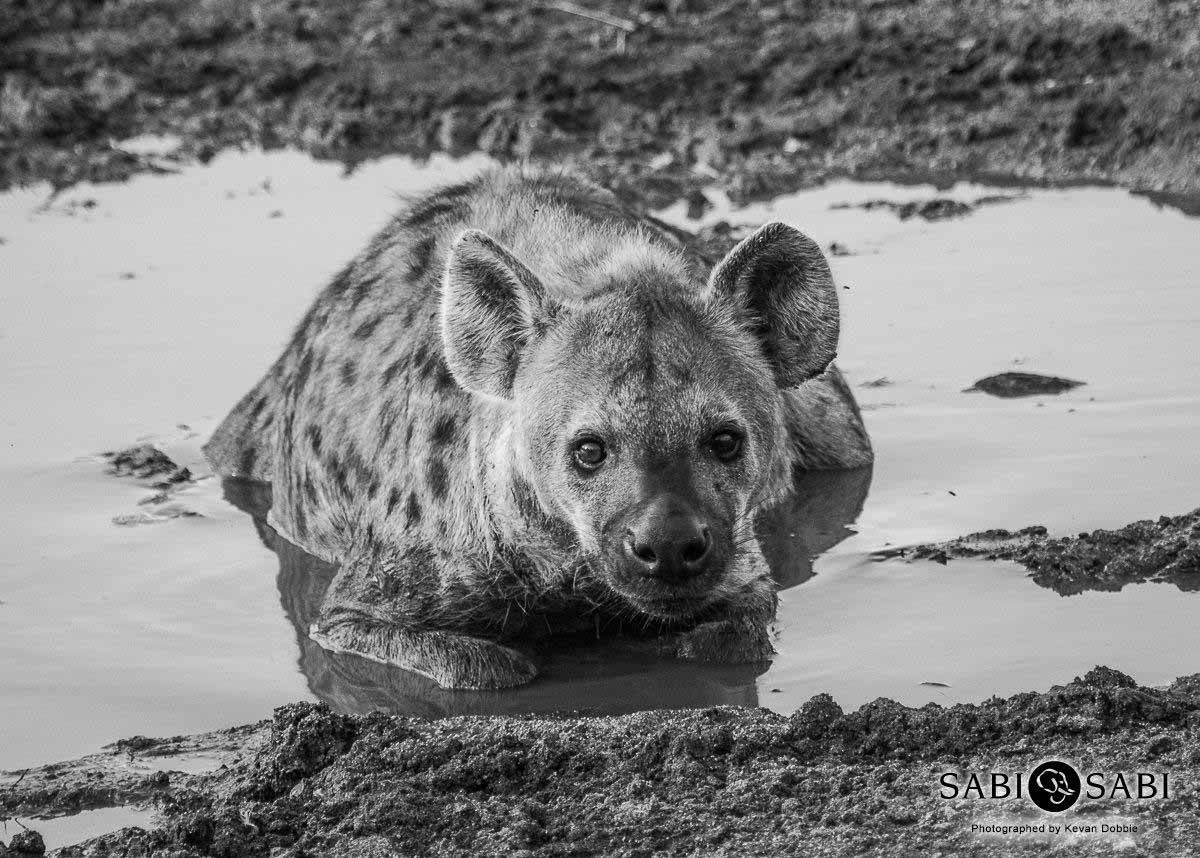
It is not that often that we get to witness cheetah sightings in the southern section of the Sabi Sand Game Reserve due to the high population of leopard and lion, however, in the past few weeks this male cheetah has made numerous appearances, much to our delight.
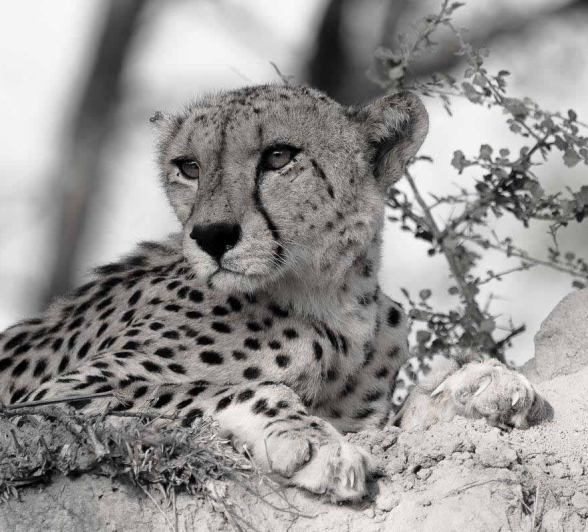
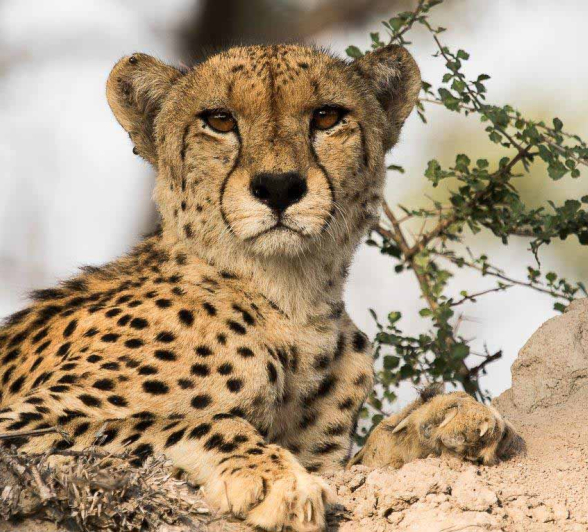
Maxabeni has been seem more often within his territory, scent marking and protecting his area due to the increase in rainfall washing away most of his scent.
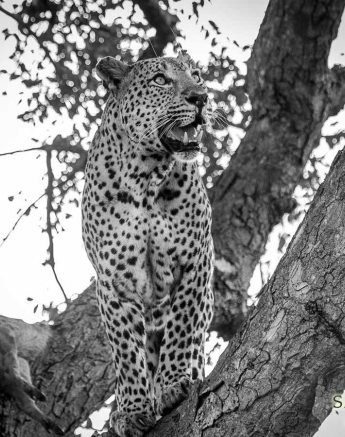
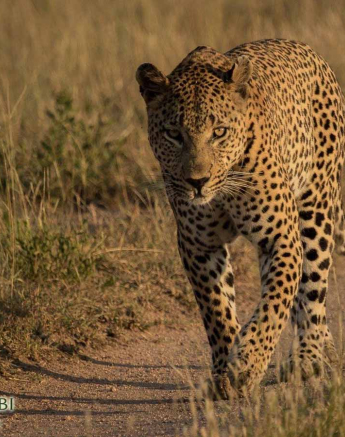
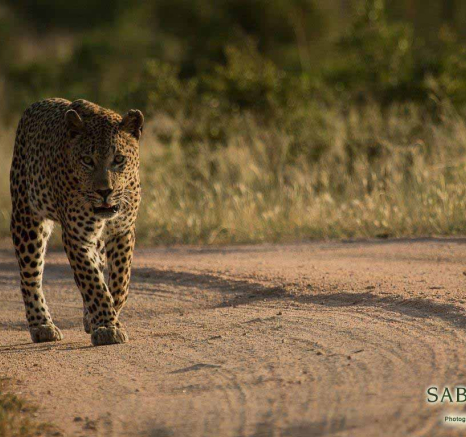
The biggest news of the cycle, the Little Bush female has revealed her only surviving cub from her recent litter. At approximately 8–9 weeks old, this young leopard cub was seen trailing behind her mother as they relocated to a new den site to enhance the survival of her cub. In previous litters, the Little Bush female has only raised one cub per litter to independence so we are really hoping that all attention, protection and nourishment will be given to her only cub.
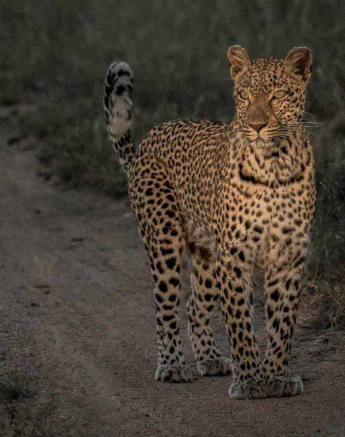
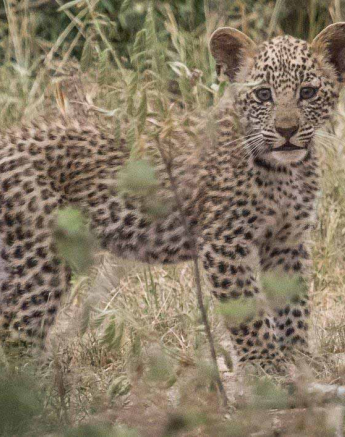
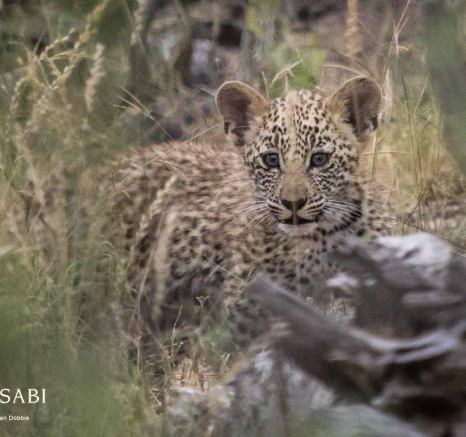
The Kigelia female has been seen more regularly in the Southern part of our property, possibly extending her territory as she searches for possible den sites as this may be the area where she has her very first litter of cubs when she successfully mates and conceives in the near future.
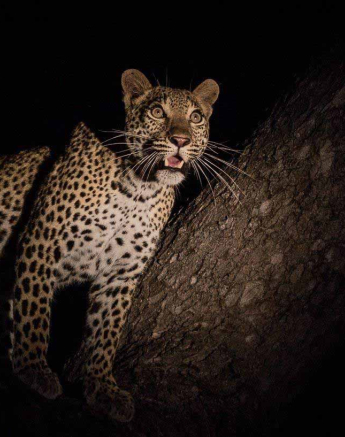
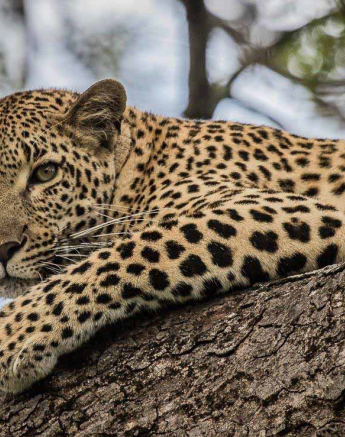
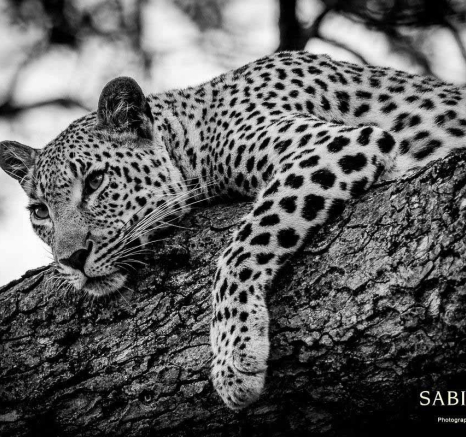
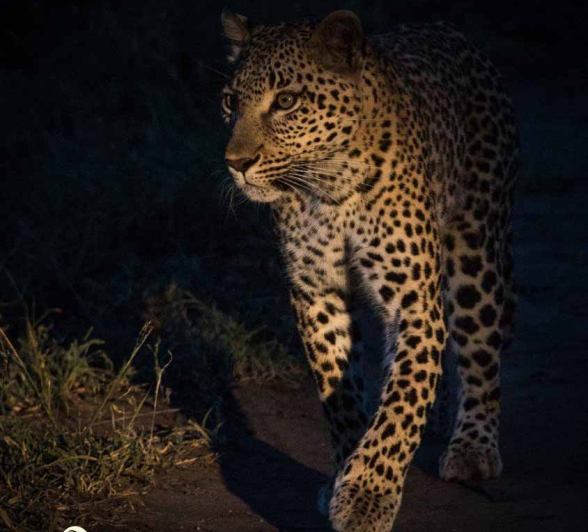
The Little Bush female’s previous cub that reached independence, commonly known as Ntsumi, has been doing exceptionally well. Developing her territory around Selati Camp, she is a regularly seen leopard and never disappoints in any sighting as she is still young and full of energy.
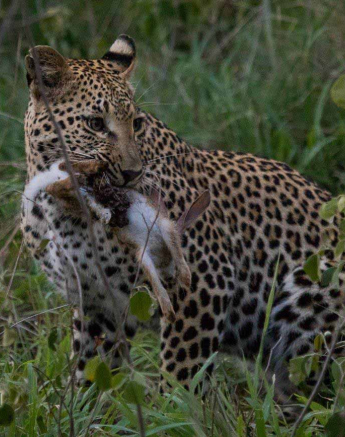
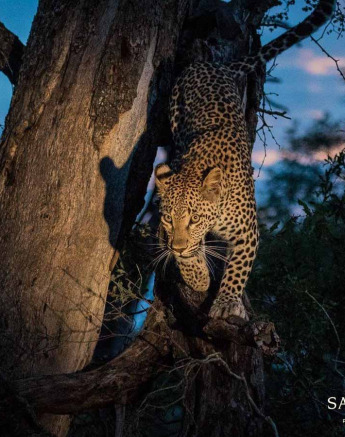
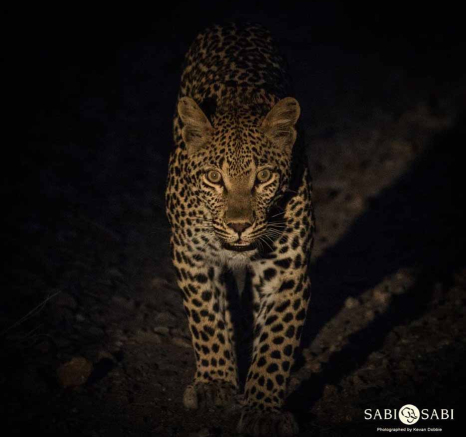
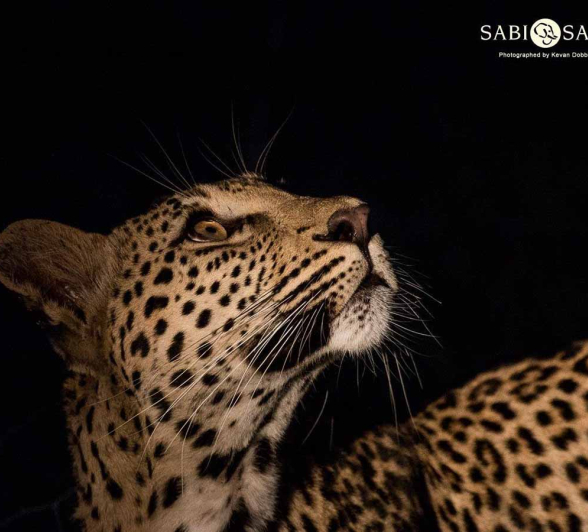
Lastly the White Dam male has been seen more than what we would have expected as he encroaches on his father, Maxabeni’s territory.
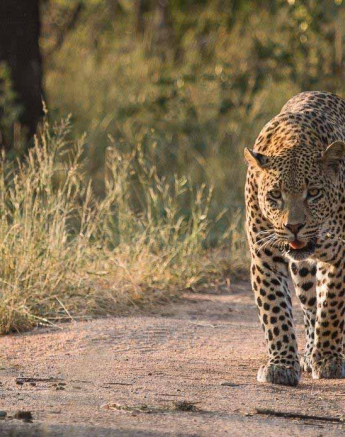
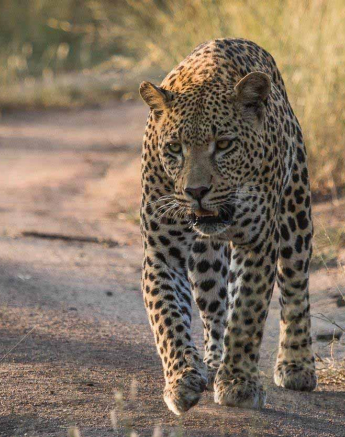
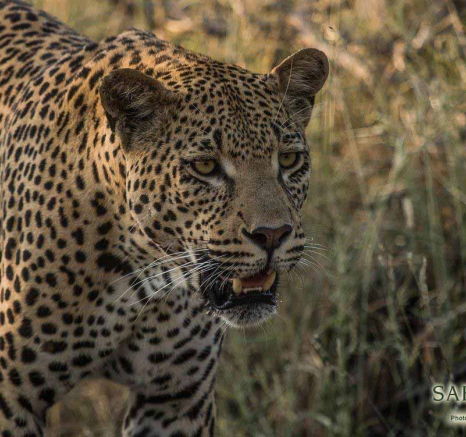
Over the past six weeks, multiple herds of Cape Buffalo have been moving through the property in search of grazing and availability of water before the dry season sets upon the area. This has meant that the Mhangeni sub adult grouping and especially the Avoca males have been striving. With so many new born Cape Buffalo calves, a meal isn’t too hard to come by.
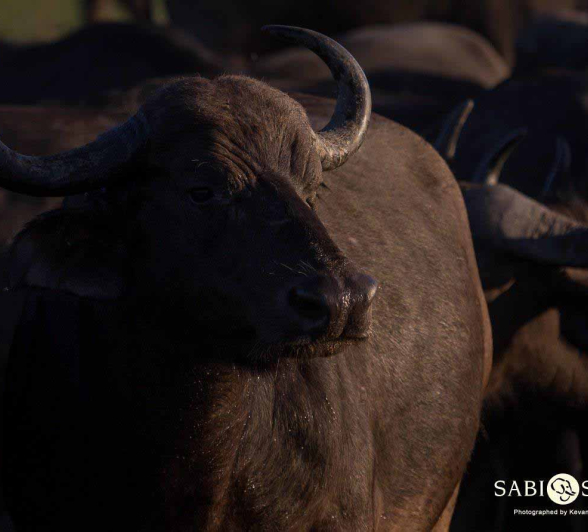
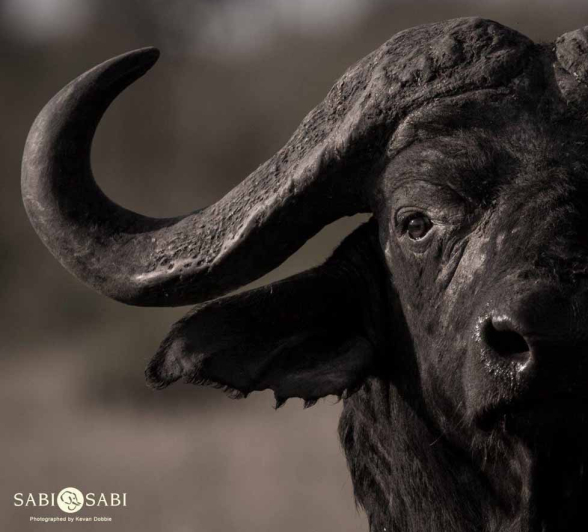
Through my cycle, the Marula yielding season has been in full force bringing in many large breeding herds of elephant as well as some extraordinary large solitary bulls to the area.
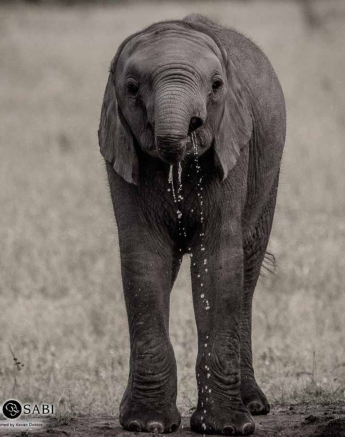
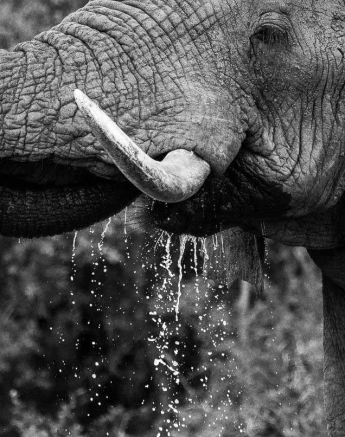
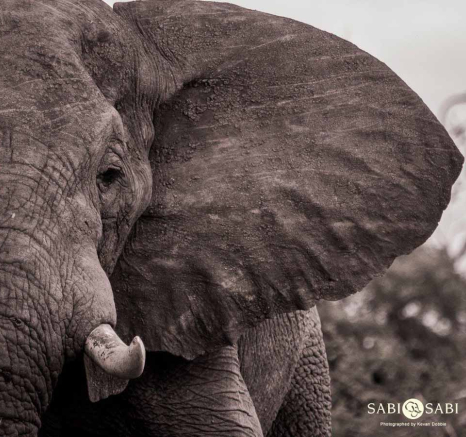
You know you are truly blessed when sightings of both Black and White Rhinoceros are seen by you and your guests while visiting Sabi Sabi Private Game Reserve due to our strong conservation efforts.
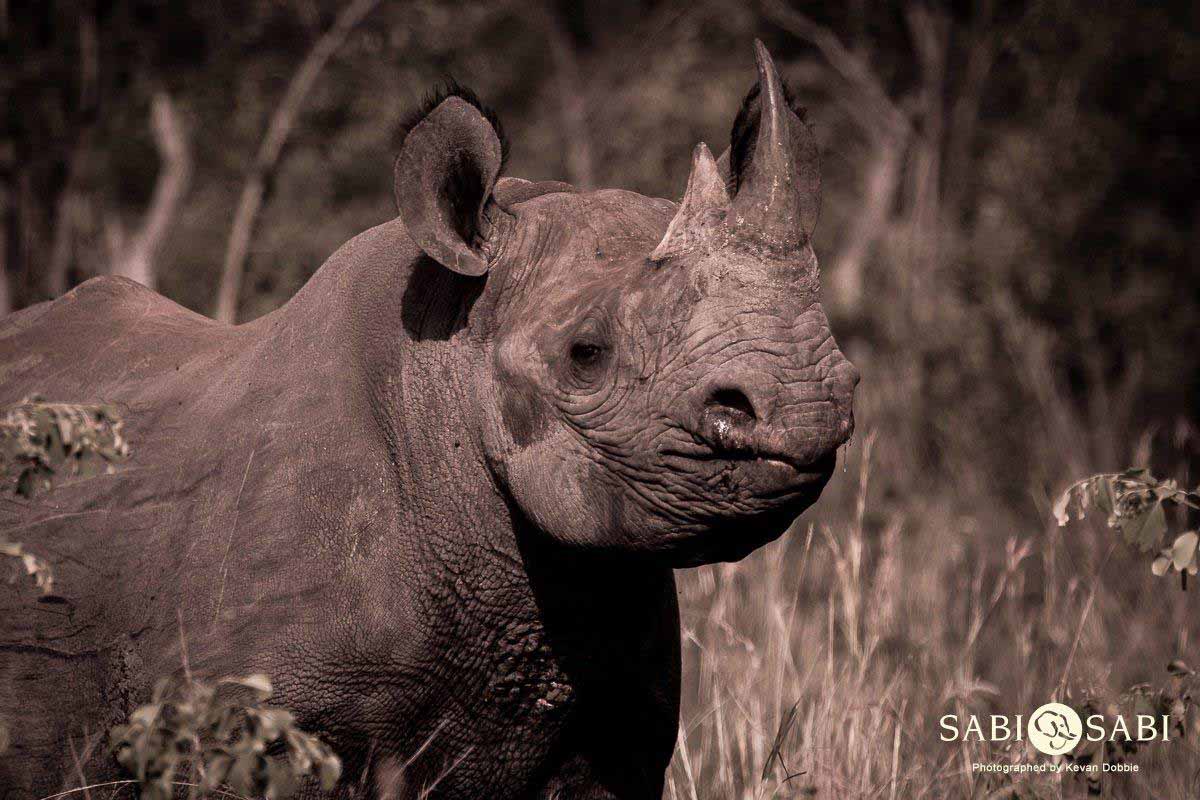
With all the recent rainfall, general grazing species have been flowing into the area. Here a Plains Zebra foal shows off his appreciation.
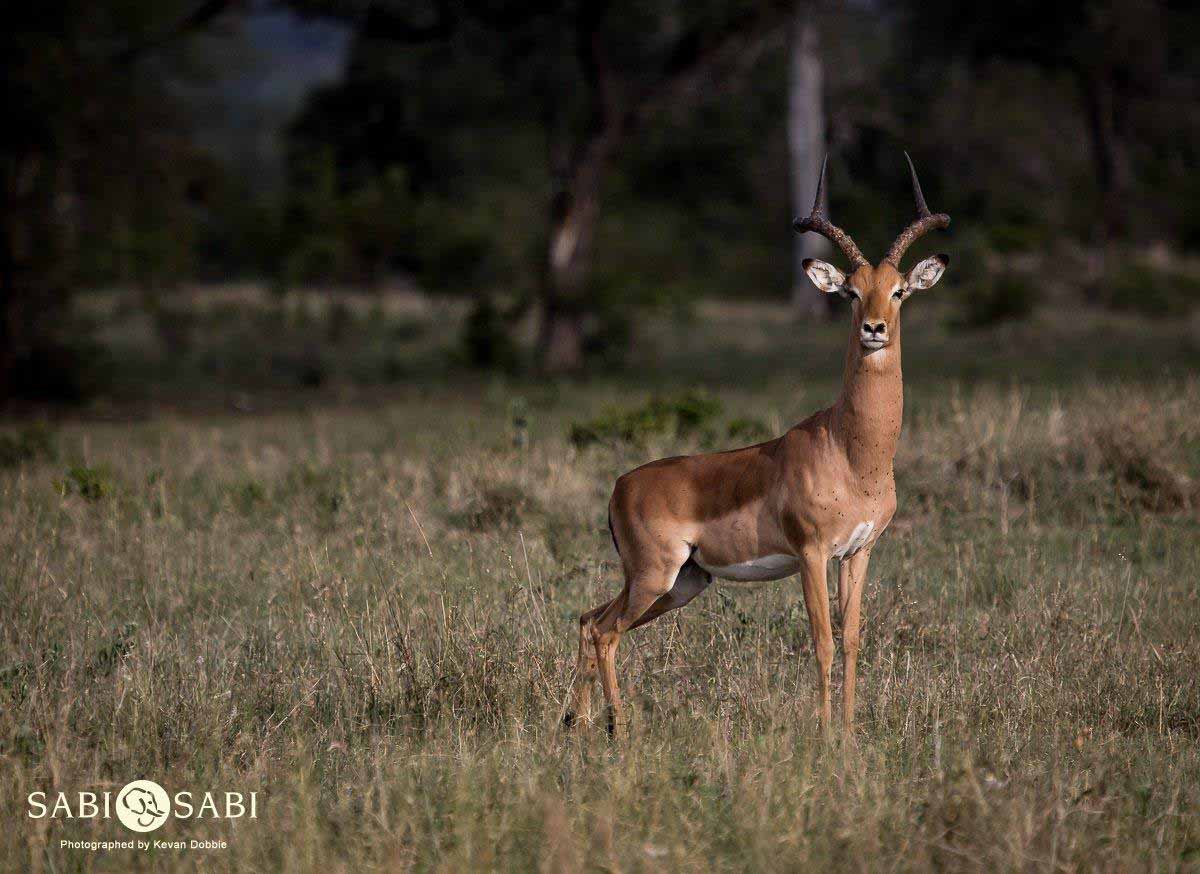
A selection of everyday bird sightings one will see just by climbing into a safari vehicle.
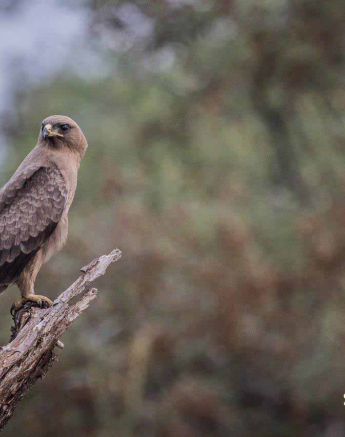
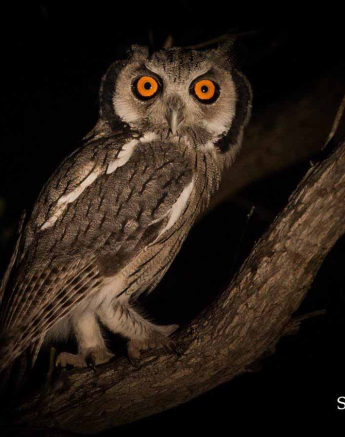
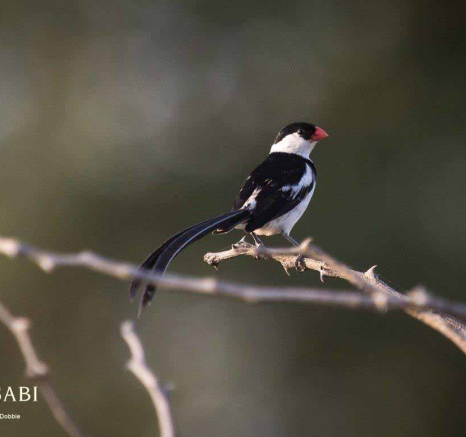
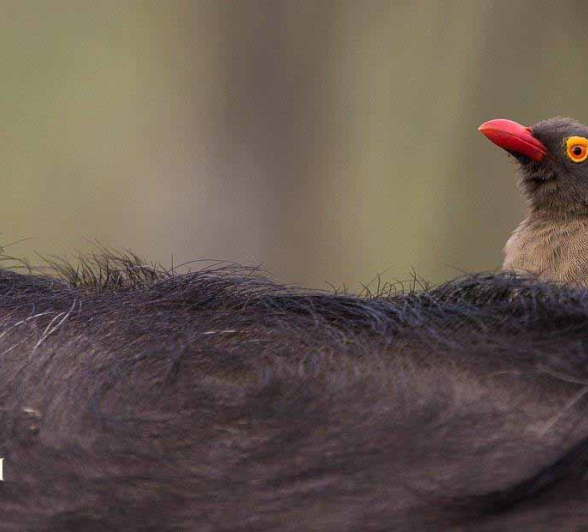
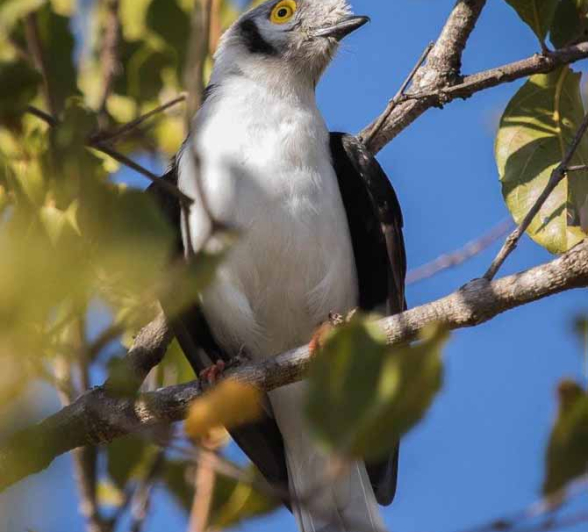
Lastly, I leave all of you with a sunset that one cannot pass but simply sit and stare in amazement at the natural beauty of the area around us.
